Winter Sport Safety
Winter is here, meaning it's time to get outside and enjoy whatever winter sport you're into. Whether you're an avid skier or prefer the adrenaline rush that comes with careening face-first down the mountain on a sled, you need to prioritize your safety every time you go out.
Before You Go
As with most things, everything you do prior to the activity is just as important as what you do during it.
Check the Weather
If the forecast says there's a severe blizzard en route, extremely cold, or high wind chill, you may want to rethink your trip. Even so, checking the weather can help you get a feel for what conditions you will be performing in and help you prepare the necessary equipment and clothing.
Check Your Equipment
On top of ensuring you have all the gear you need, it's imperative you check everything for possible dangers. Did a strap come off your helmet? That's probably not safe. Never waxed your board during the ten years you've owned it? Impressive, but ill-advised. Broke the end of your ski pole but still want to use it? No…we do not support nor condone impalements here. Get a new pole!
Warm Ups
To perform at your best and prevent potential injuries, you need to warm up before you get going. Take a short walk or do another simple exercise to warm your muscles up and do some basic stretches. Make sure you do a non-strenuous exercise beforehand since you can put unnecessary strain on your muscles if you go straight into the stretches.

Warming Up
In case you're a little out of the loop, winter is here, which means it's cold. And no matter how warm-hearted you are, your cheery disposition will do nothing to ward off the winter chill. Before leaving home, ensure you've got a sufficient amount of (preferably water-proof) layers, gloves, hats, and really anything you will need to keep yourself from freezing to death while outside. Because, as I'm sure we're all aware, that would be a miserable ending to your exciting ski trip.
Another thing you should do is keep a few extra things in your car in case of an emergency. If the car breaks down, it's a good idea to have an extra coat or blanket in the trunk. Take a few too many tumbles in the snow trying to learn how to snowboard? An extra change of clothes can be a lifesaver if getting hypothermia is a concern and just nice to have if you don't want to drive home sopping wet.
While You're Out
The Buddy System
No, this isn't just for children! The buddy system has saved lives in several sporting fields, from scuba diving to snowboarding, so don't overlook it! This is especially true if you plan on going somewhere more isolated or where cell reception may be poor. Besides, it's a great excuse to guilt trip your friends into hanging out with you! Nobody wants you to go off and get yourself injured!
Bring a First Aid Kit
You never know what can happen while you're out and about. You could find someone on the slope that needs help or possibly get injured yourself. A small, portable first aid kit like the Sidekick won't interfere with your fun but still let you be prepared for the possibility.

Be Aware of Your Surroundings
We can all get caught up in the flow every once in a while, but just like driving a car on autopilot, it's not safe. Doing so endangers both yourself and those around you. So stay focused and maybe forego the headphones. You never know when some poor Texan will lose control and come screaming down the mountain without an ounce of control (yes, this happened, and yes, it was terrifying. Ten out of ten don't recommend).
Follow the Areas Rules
Most slopes have certain rules you need to follow. As fun as it would be to trailblaze down the slope, there's a reason the rules are in place. Maybe an area is unsafe, or there's wildlife in the area. Or maybe they just don't want to be sued when you break your face on a tree. Who knows, but better safe than sorry!
Stay Hydrated
You're participating in a sport, which means you need water! If you're feeling light-headed, drink some water and assess how you're feeling before going for another run. And just because there's snow everywhere doesn't necessarily mean it's safe to drink! Who knows how many skiers have touched it, and besides, it's already cold outside. Do you really want to be colder? So bring a water bottle and make sure you utilize it.
Take Breaks
Even if you're only allowed on the slope for so long, you don't want to overdo it. You don't want to exhaust yourself or risk an injury. So if you're feeling worn out, take a breather. Listen to your body before it starts screaming in pain.
Use Proper Form
If you haven't seen the videos where a skier and snowboarder team up to make the ultimate slope transformer, you're missing out! However, that's also not safe, so don't go out and try to do it! To keep yourself as safe as possible, you must use the equipment properly and within its limitations. If you don't know if you're using your gear properly, consider taking a class or conducting some research. A bit of extra time preparing can keep you from making an egregious error. Remember, an internet search is free, and a hospital trip is most certainly not!
If You Are Injured
Under these circumstances, you shouldn't try to walk it off and keep on trucking. Doing so risks worsening whatever injury you've gotten from an unintentional tree hugging (or maybe a toddler bowled you over. I've seen it happen). If you are positive the wound is superficial and doesn't need professional care, treat it and maybe call it a day. When you aren't sure what the extent of the damage is or exactly what your injury is, it's best to see a doctor sooner rather than later.
After You Go
Yes, there's more! Even after you've had your fun, there are still some things you need to do.
Muscle Care

A great way to keep yourself in shape for the next time you hit the slopes is to take good care of your muscles. Make sure you hydrate, get enough calories, maybe do some light stretches, and give them a break after your snowy adventure. Give them their well-deserved break!
Gear Storage & Care
If you want to make sure you have a great time every time you indulge in your hobby, make sure your equipment is stored properly and isn't broken. It'd be a tragedy if your next adventure was ruined because you realized too late that something needs to be repaired or replaced.
Common Winter Sport Injuries
Obviously, no one likes getting hurt. However, seeing as it's impossible to avoid all harm, it's best to be aware of the risks you will be exposing yourself to and know what to do if you're unlucky enough to get them.
Sprains & Strains
Sprains and strains happen when the ligaments or muscles in the body are harshly stretched or torn. These are common injuries caused by falls or collisions on the slopes. When this happens, it often comes with symptoms such as pain, swelling, and difficulty moving the affected area. Mild strains and sprains normally only require rest, relaxation, elevation, and ice. However, severely torn ligaments may require surgery.
Fractured & Broken Bones
Fractured or broken bones are also common in winter sports. They are usually caused by falls or collisions and can range from minor cracks in the bone to more serious breaks. If your arm is crooked and looks a bit like a snowman's, it's probably broken. Less visually obvious symptoms of a fracture include severe pain, swelling, and difficulty moving the wounded area. As is the case with all fractures and broken bones, see a doctor as soon as possible so they can assess how bad the injury is and keep it from healing incorrectly.
Head Injuries
Head injuries, such as concussions, can also occur in winter sports, especially if you make the poor decision to forego a helmet. These injuries can be caused by falls or collisions (a major culprit in various sports) and can range from mild to severe. Symptoms of a concussion can include headache, dizziness, nausea, and difficulty thinking or remembering. It's important to seek medical attention right away if you suspect a severe head injury. Don't go to sleep with a head injury until it's been confirmed that there isn't internal bleeding or worrisome brain trauma. As tired as you may be, it's better to lose a couple hours of sleep than risk never waking up.
Cold Related Injuries

Between frostbite, chilblains, and hypothermia, there are a bunch of ways the cold can cause you pain. Because of course there is! These generally occur when you've spent too long out in freezing temperatures and aren't bundled up enough. If areas of your body are feeling stiff, cold, or are discoloring, it may be time to go warm up (it's a great excuse to get yourself a steaming mug of cocoa. You deserve it). If parts of your skin are fully frozen or a person's body temperature is dangerously low, seek immediate medical attention because you're going to need it!
Overall, winter sports are an exhilarating way to spend the season. All you need to do is take the proper precautions and measures to keep yourself and those around you safe. Want a fully flushed-out first aid kit for whatever adventure you embark on? Grab yourself a MyFAK and hit the road without fear!
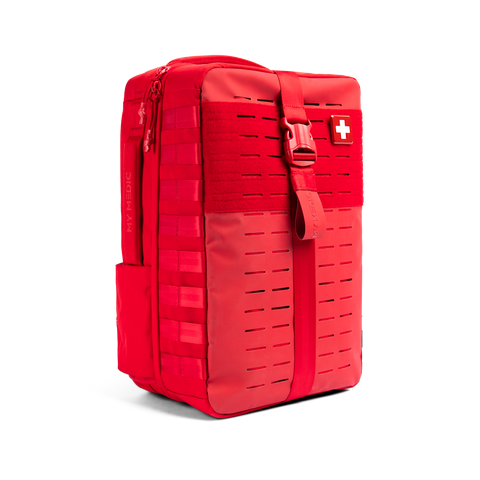 NEW ARRIVALS
NEW ARRIVALS
 BEST SELLERS
BEST SELLERS
 SUPERSKIN™
SUPERSKIN™
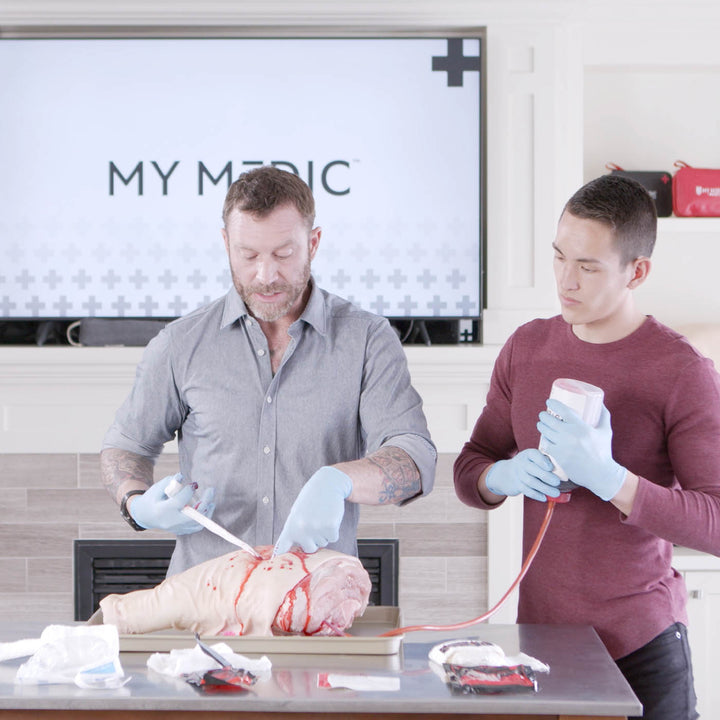 COURSES
COURSES
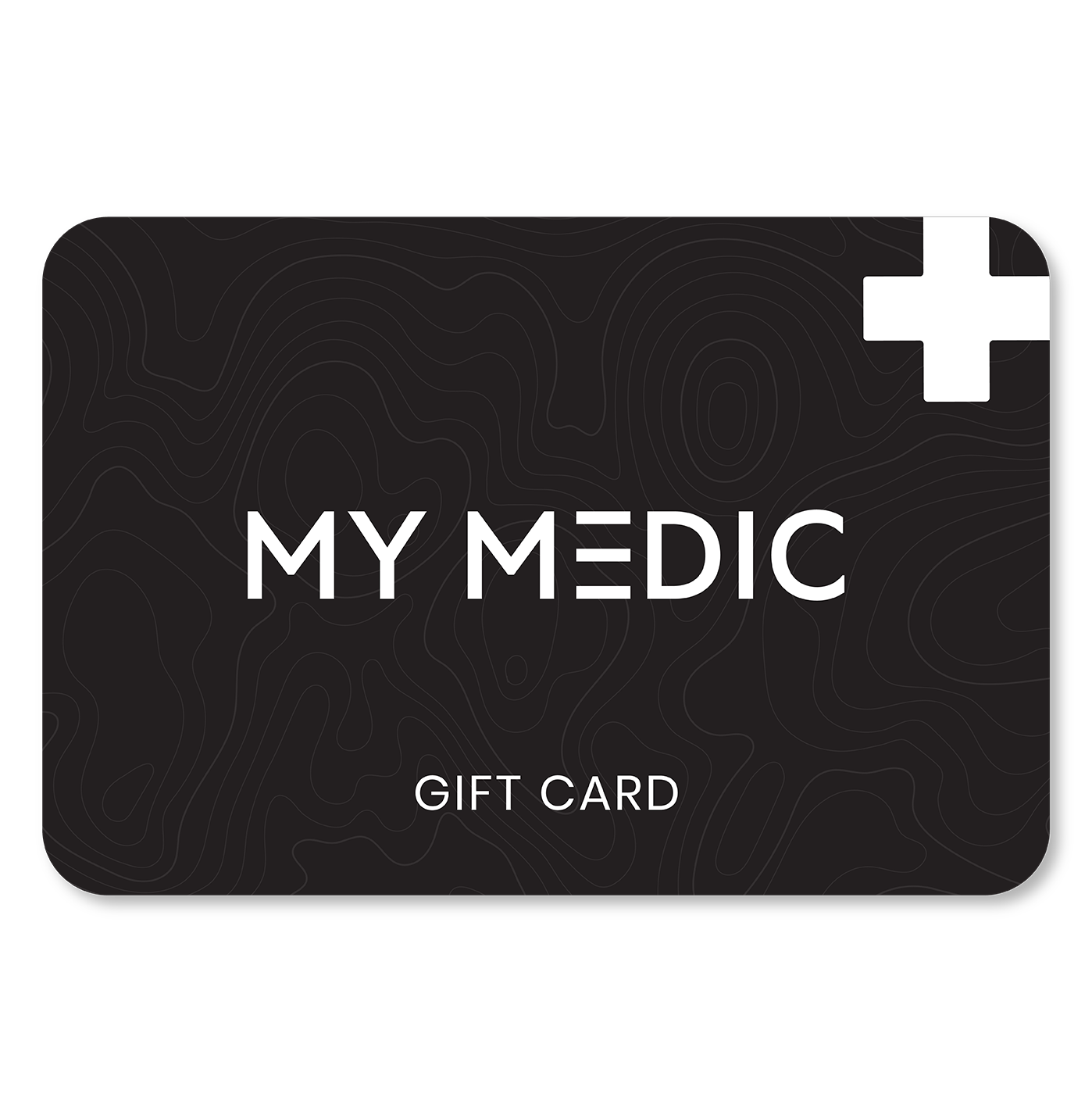 REWARDS
REWARDS
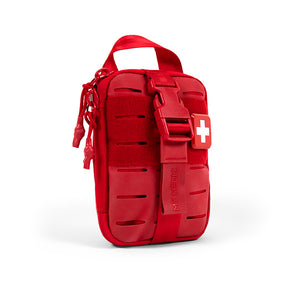 The MyFAK Collection
The MyFAK Collection
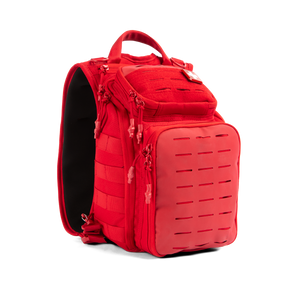 Specialty
Specialty
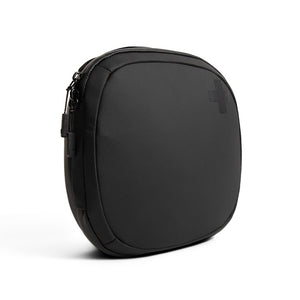 The Ready Collection
The Ready Collection
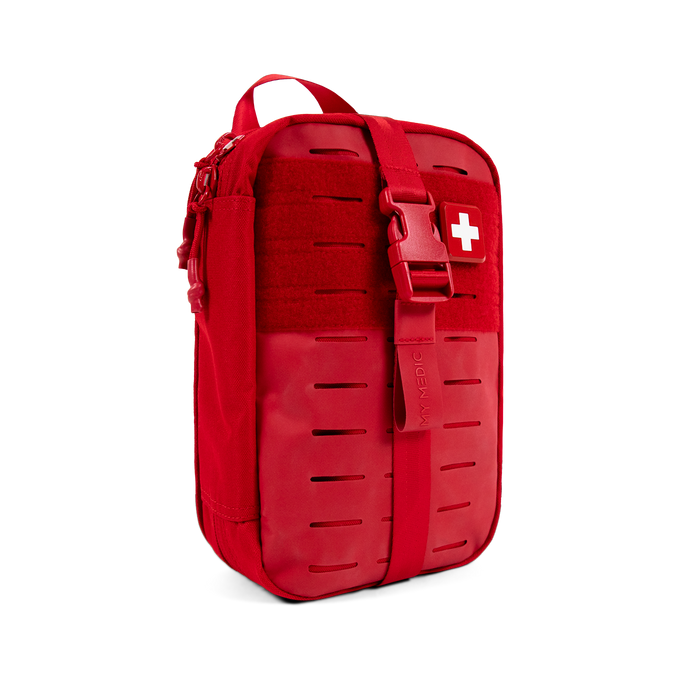
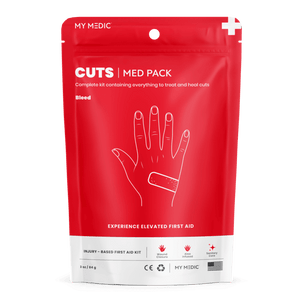 BLEED
BLEED
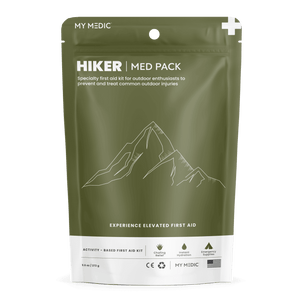 OUTDOOR
OUTDOOR
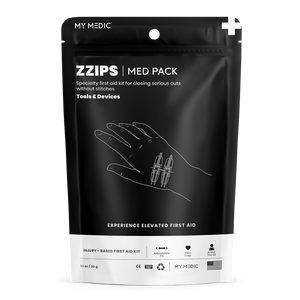 TOOLS & DEVICES
TOOLS & DEVICES
 SPECIALTY
SPECIALTY
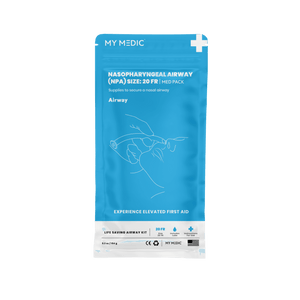 AIRWAY
AIRWAY
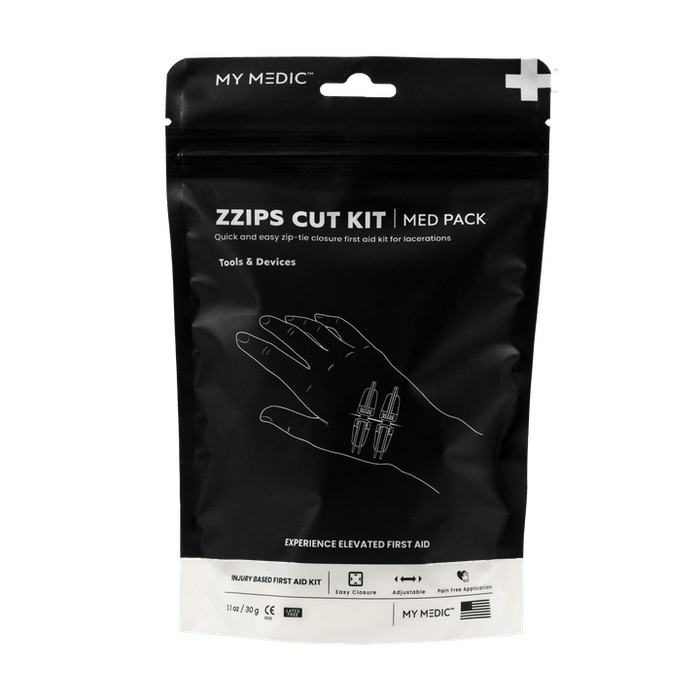
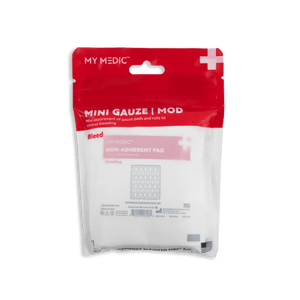 BLEED
BLEED
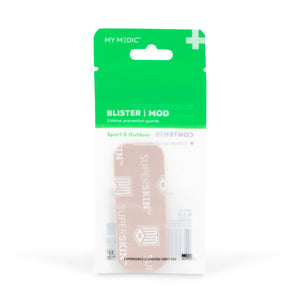 OUTDOOR
OUTDOOR
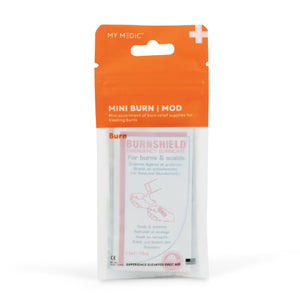 BURN
BURN
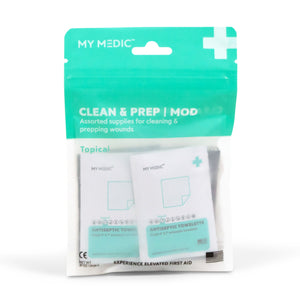 TOPICAL
TOPICAL
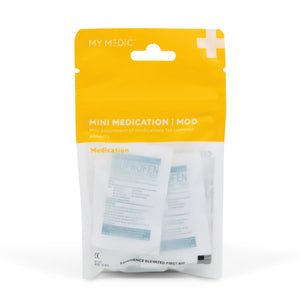 MEDICATION
MEDICATION
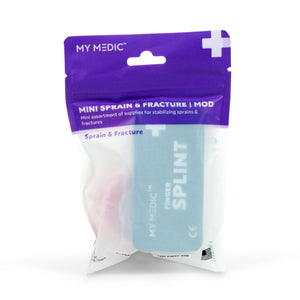 SPRAIN & FRACTURE
SPRAIN & FRACTURE
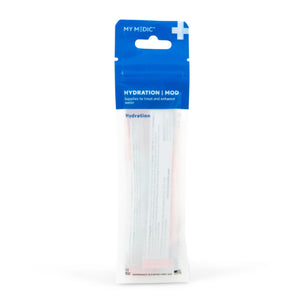 HYDRATION
HYDRATION
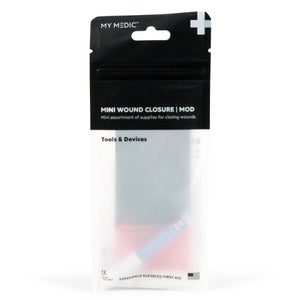 TOOLS & DEVICES
TOOLS & DEVICES
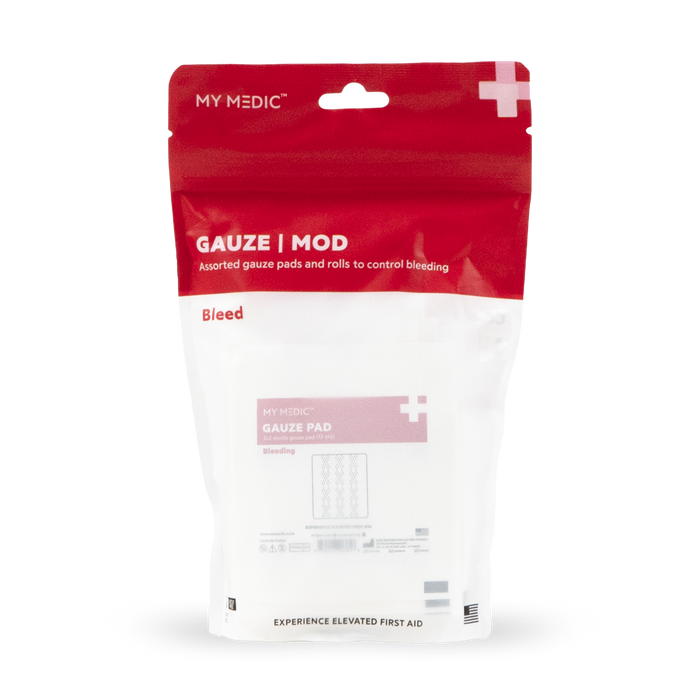
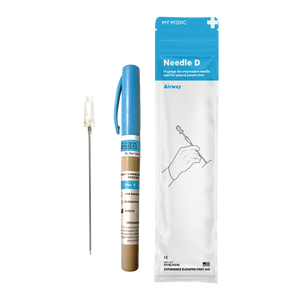 Supply Categories
Supply Categories
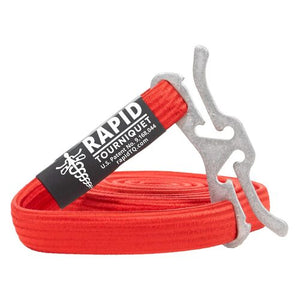 Top Sellers
Top Sellers
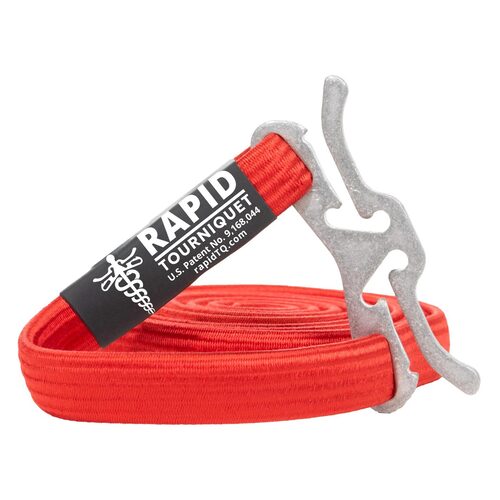






Leave a comment